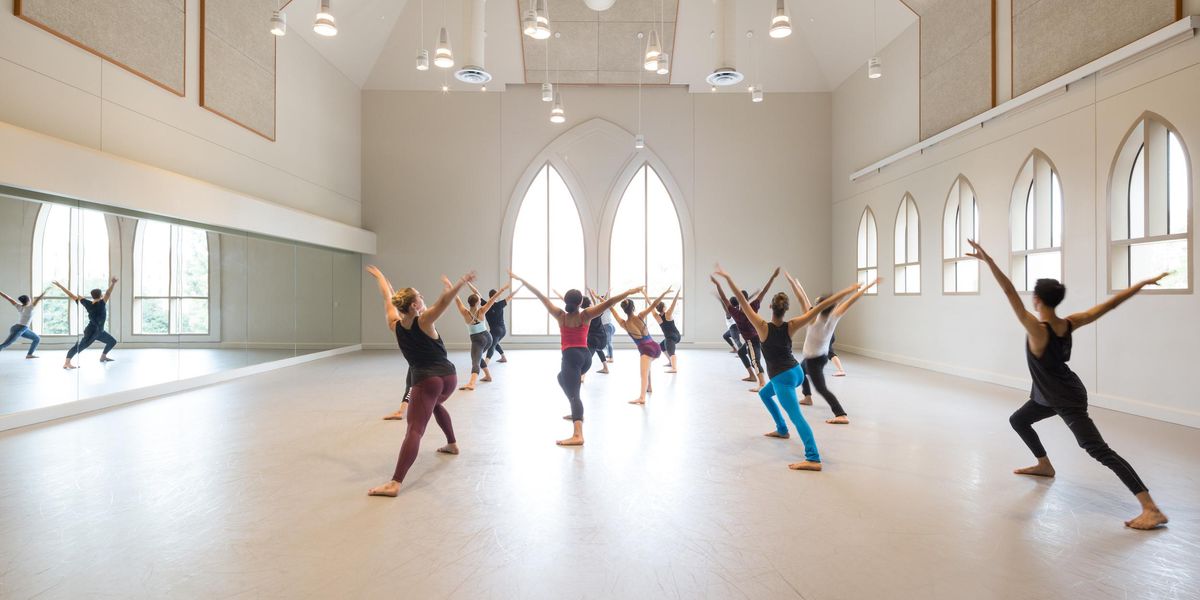American Ballet Theatre
New York City Center
October 16–21, 2012
Performance reviewed: Oct. 18
What could have prompted Agnes de Mille to choreograph Rodeo? Was it really the thrill of the hoedown she attended outside Colorado’s Perry-Mansfield camp, or did this Western farce, which American Ballet Theatre celebrated during its weeklong fall season, expose a deep conflict within her?
De Mille herself took the principal role of the lovesick Cowgirl who learns, in no uncertain terms, that she can’t wear pants or ride with the boys. Society won’t allow it. She also can’t control her bucking mount. Though Rodeo is ostensibly a comedy, it’s tempting now to see its pandering to male vanity and defense of oppressive gender roles as the choreographer’s most personal psycho-drama.
We might dismiss this work from 1942 as the product of ignorant times, if two years earlier Hollywood director Dorothy Arzner hadn’t made the movie Dance Girl, Dance. While shrewdly analyzing the face-off between art and entertainment in America, the clear-sighted script defends a woman’s right to work outside the home.
As it happened, at the very moment when Rodeo appeared, women across America were pulling on dungarees and pouring into factories. They were badly needed to replace the millions of men drafted into World War II. Those women did their work well. We won the war. Yet their sudden emancipation must have induced anxiety.
Foreground: Jared Matthews, Xiomara Reyes, and Sascha Radetsky in Agnes de Mille’s
Rodeo. All photos by Gene Schiavone, Courtesy ABT.
Rodeo
contains some brilliant touches. The cowboys stand slouching, resting their hands upon a raised knee as if it were a pommel. When they swing around with one leg at an angle, you can feel the unsettling power of the horse pivoting beneath them. The frilly women who tug at their underwear, burst into tears, and vomit when they overexert themselves are still amusing. Yet this ballet is sexist poison. After 70 years, it’s time Rodeo rode off into the sunset.
Three years after de Mille wrapped her insecurities in composer Aaron Copland’s Western lullaby, the war was over and Dmitri Shostakovich sat down to write his Ninth Symphony. ABT’s orchestra performed that composition alongside Rodeo this season, as the score for Alexei Ratmansky’s intriguing new ballet Symphony No. 9.
Shostakovich was also anxious. He kept a suitcase by the door, in case his Soviet bosses decided it was time to replace his piano with a pick-axe in the Gulag—assuming they didn’t just murder him. Initially Shostakovich planned a great patriotic hymn celebrating victory over the Nazis. Think the Ode to Joy with Red Army tanks. Yet somehow he couldn’t manage it. To his bosses’ displeasure (the spirit sinks) Shostakovich composed a quick-footed romp with shadows of melancholy darting across it.
Ratmansky has had no problem with the gung-ho patriotism of Shostakovich’s propaganda ballets—not even the whitewash of mass murder in Bright Stream. Last spring, his tortured Firebird seemed to revisit The Red Detachment of Women. But in Symphony No. 9, Ratmansky pauses to consider the ambiguities.
Polina Semionova and Marcelo Gomes in Ratmansky’s
Symphony #9
In contrast to the brash expansiveness of Craig Salstein and the pert charm of Simone Messmer, who enters hopping on pointe and who beats an imaginary drum for the dream of a New World Order, lead couple Marcelo Gomes and Polina Semionova are cautiously entwined. Lying side-by-side on the floor, Gomes points a finger upward as if the neighbors above might hear them. Later, she places her hand over his mouth to hush him. The rushing corps de ballet assembles in regimental lines, or crouches on the sidelines, the women covering their eyes in exhaustion or despair. This is the closest Ratmansky has ever come to acknowledging the trauma of Soviet life.
Yet Ratmansky’s lovers, unlike the prisoners of Christopher Wheeldon’s Mercurial Manoeuvres—our best Shostakovich ballet, so far—return happily to the collective fold. Herman Cornejo waves his arms back and forth like a standard-bearer, and dances a heroic solo that ought to banish doubts about this whole enterprise. It doesn’t.
Ballet offers us moral choices, more often than people suppose.
Scene from Ratmansky’s
Symphony #9
Pictured at top: Marian Butler and Craig Salstein in
Rodeo.




